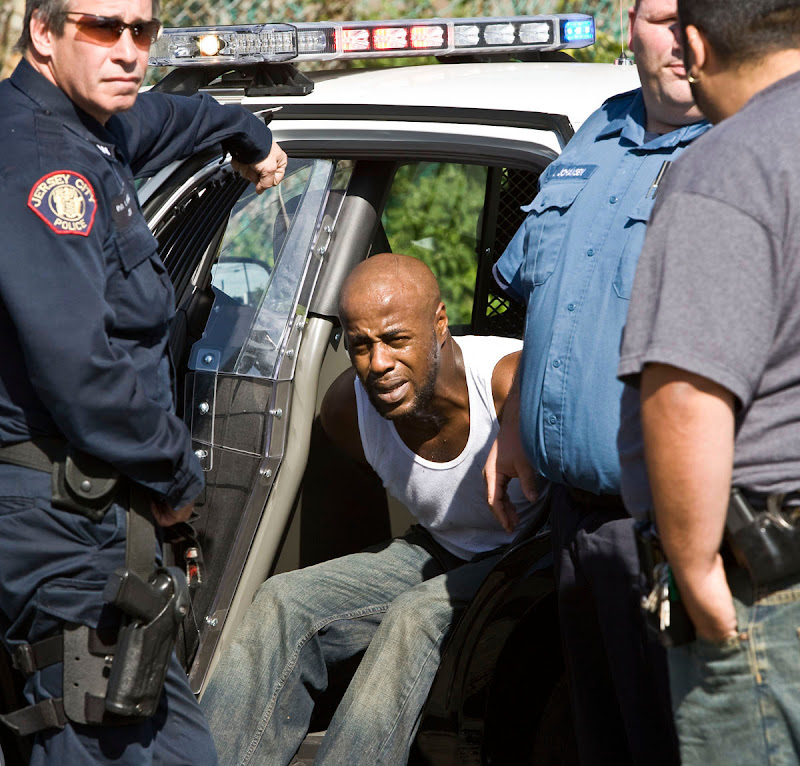 |
For whatever reason, Mike and I have it in our heads we are going to find a burning Christmas tree. Several fires had already started around town, but the Jersey City Fire Department is incredibly aggressive. Any blaze is almost always out by the time I arrive. No flaming holiday trees to be seen.
As afternoon starts dipping into the evening, and stories and photos are filed in for the night, we hear one more call over the radio for a fire only several blocks from the office. I grab a camera and run.
It can't be more than 5 to 10 minutes after we hear the call when I arrive at the scene. And the fire is already out. The Jersey City firefighters have hosed down the two story house and are already clearing out charred remains. A young girl in a pink robe is sobbing and muttering someone's name. I realize that there is something she lost in the blackened room. I wait out in the cold with the girl, trying to figure out what she is so worried over, a cat perhaps. I am hoping it is not a person.
Suddenly a firefighter comes walking out of the house holding a three-foot, green iguana. "What do I do with it?" he yells out, holding the reptile.
"For God's sake, get it back in the house," the captain yells. "It'll freeze to death out here."
As the firefighter is about to turn back in, I run up and snap a quick picture. The captain later explained that the girl had two iguanas in her apartment. One escaped its cage and knocked over the heating lamp used to keep the animals warm, thus causing the fire. One of the two unfortunately perished in the blaze, although it was not determined which of the iguanas was killed in the flames.
To read the whole story please click on Mike's Story here.
 |
| From Saved Iguana |






































